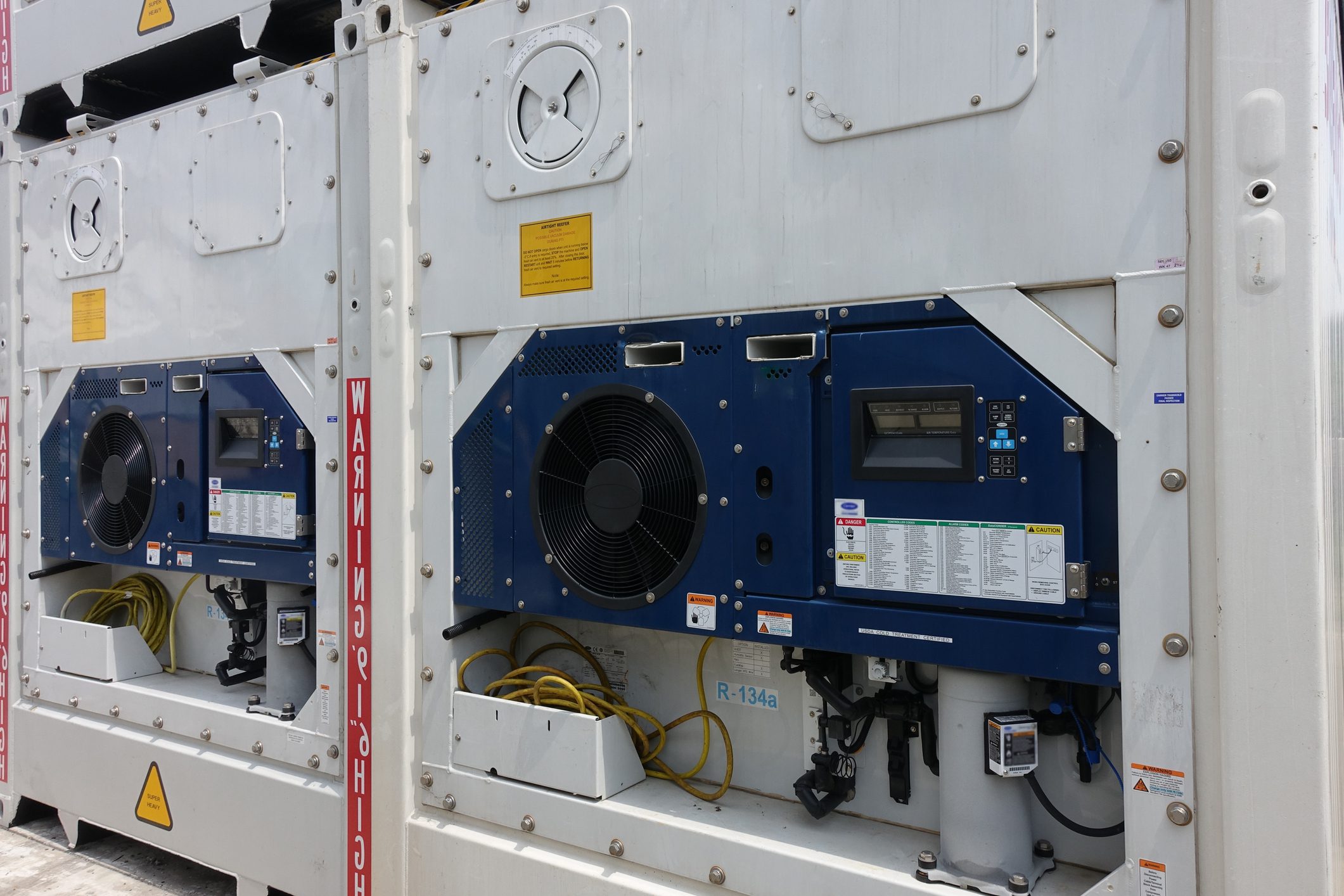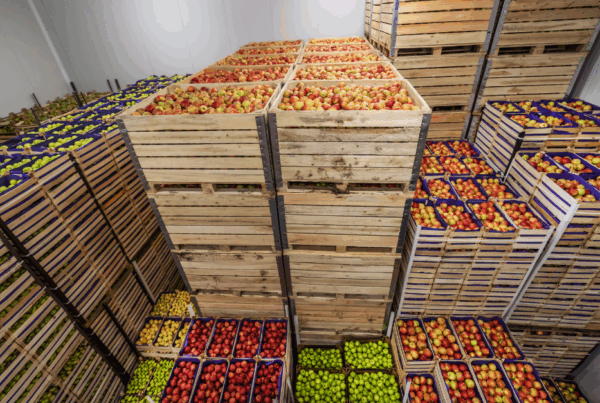The boom in perishable shipments is putting pressure on refrigerated equipment and temperature-controlled storage, as demand is estimated to rise by 4.2% in the first half of 2022. The Russian attack on Ukraine has led to asset dislocation and complexity in acquiring raw materials due to sanctions. Continued growth in the perishables market could become unmanageable as raw material sourcing issues, and semiconductor production problems impact manufacturers’ ability to construct new reefer boxes.
Analysts expect refrigerated capacity to shrink by 11-13% due to the conflict and sanctions attached to Russia. Refrigerated boxes are unable to be moved out of the area. Russia is a major supplier of aluminum, nickel, and copper, critical raw materials in the construction of containers. Ukraine is a source of inert gases, including neon – which is also vital to the construction process. Because the equipment instability of the pandemic has yet to be rebalanced, there are concerns that without access to raw building materials, there will be fewer containers coming available in the near future.
Even if the raw materials are accessible, the inflated costs of foods are currently bearing the brunt of increased shipping costs. This means that if prices for raw materials to create containers go up, that too will be tacked on and passed to consumers.
Other issues that will increase trucking costs come as carriers avoid dropping containers in Shanghai, China’s largest port – which was recently put on lockdown due to COVID concerns. Reporting tens of thousands of new cases each week, the shutdown has led to a 90% decrease in trucking capacity and an increase of 75% in import dwell times as picking up containers becomes more difficult because of the road restrictions and quarantine rules. Drivers are having issues crossing into Shanghai to drop or pick up containers.
The only positive movement is a reduction in export storage time, which, unfortunately, is directly related to so many fewer containers being left at the port because of the lockdown – but with an 80% decrease in pickups, everything that is at the port is essentially stuck there. Not only are drop-offs impacted, but arriving vessels are often unable to discharge their cargo, especially refrigerated boxes because there are no available plugs to maintain the temperature integrity. Carriers are currently alerting customers that refrigerated containers will need to be diverted to alternative ports or kept on vessels where there is a continuous power supply.
Ocean ports aren’t alone in experiencing congestion; between the lockdown hitting Pudong directly and the other airports taking on the cargo that should be going to Pudong, cargo is piling up rapidly. It’s important to keep in mind that Shanghai is the largest port in China; as such, they are accustomed to moving enormous amounts of cargo every day, and when that cargo can’t move through Shanghai, it needs to divert to other ports. Those other ports aren’t as familiar with the influx of cargo that a port the size of Shanghai can move.
With imports suspended at Nanjing and imports at Qingdao stopped for ten days following disinfection, schedules will become more disrupted until the lockdown ends. CFI will continue monitoring this citation to bring our customers the latest news so we can adequately plan your perishables shipments. If you have any questions about how the problems impacting reefer containers will impact your cargo, talk to your CFI representative today.



